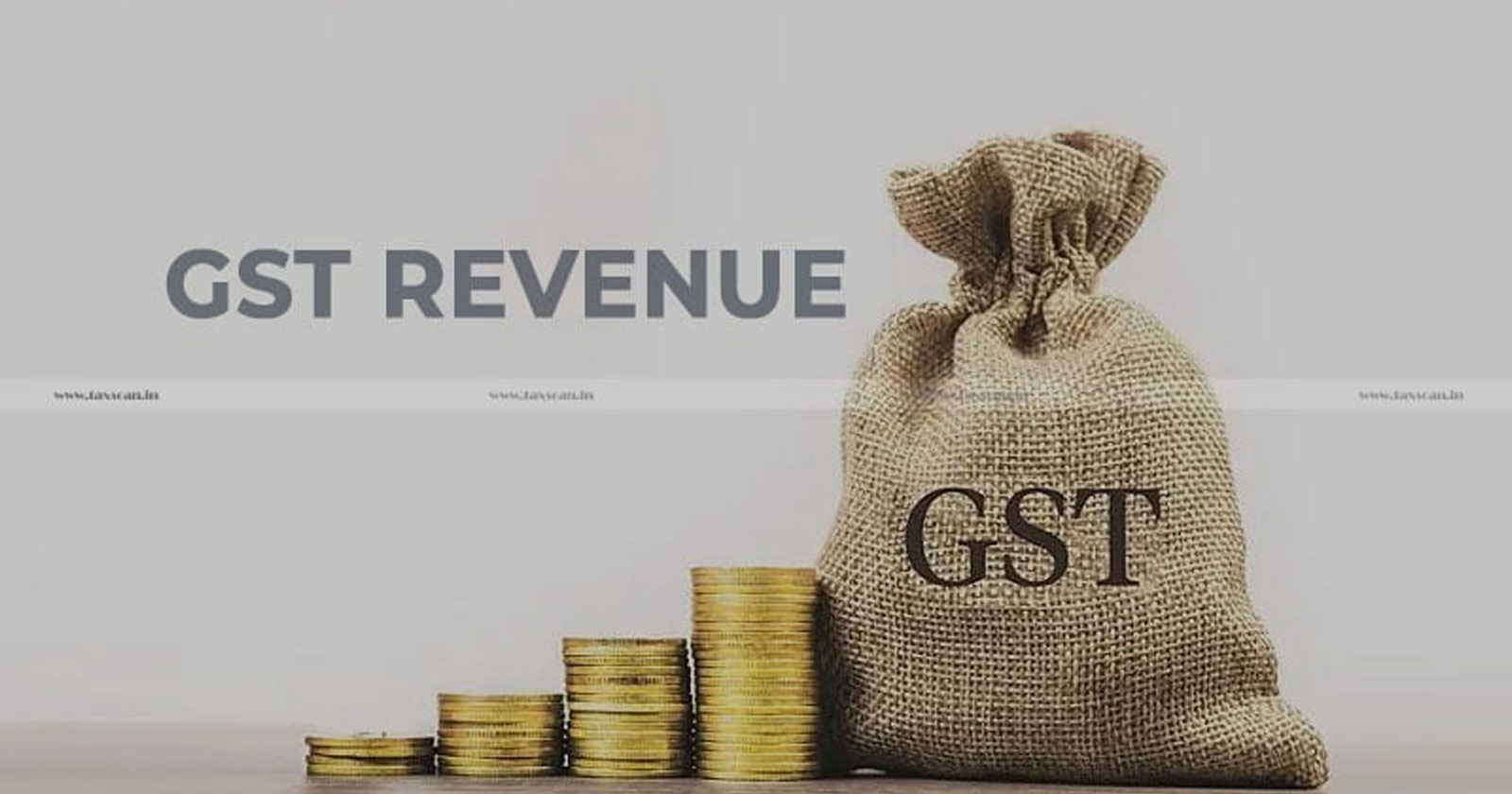General Elections anticipated to Boost GST Revenue
A similar effect was observed during the 2019 general elections, the first after the introduction of GST.

The upcoming general elections are anticipated to positively impact the Goods and Services Tax (GST) revenue during the initial three months of the fiscal year 2024-25, spanning from April to June starting April 1. Notably, the specific collections for April, May, and June will be publicly disclosed on May 1, June 1, and July 1, respectively.
Several factors contribute to the potential surge in GST collections. Firstly, there's an increase in the expenditure limit for candidates. In the upcoming elections, the per-candidate limit will be ₹95 lakh for most states except Arunachal Pradesh, Goa, and Sikkim, where it will be ₹75 lakh. This marks a significant increase from the limits of ₹70 lakh and ₹54 lakh in the 2019 elections. Similarly, the limit for Union Territories (excluding Delhi) has been raised to ₹75 lakh from ₹54 lakhs, with Delhi's limit set at ₹95 lakh compared to ₹70 lakh previously.
In addition to the general elections, there are state assembly elections in Andhra Pradesh, Odisha, Arunachal Pradesh, and Sikkim, along with bye-elections in 26 assembly constituencies across several states. The expenditure limits per candidate for assembly seats have also been raised to ₹40 lakh from ₹28 lakh in larger states and the NCT of Delhi, and from ₹20 lakh to ₹28 lakh in smaller states like Goa, Arunachal Pradesh, Manipur, Meghalaya, Mizoram, Nagaland, Sikkim, and Tripura.
The second factor contributing to increased GST revenue is government expenditure on conducting elections. The Central government bears the cost of Lok Sabha elections, while states bear the expenses for legislative assembly elections. When Lok Sabha and state assembly elections are held simultaneously, the expenditure is shared between the Central and respective state governments.
As per data available on the Election Commission’s website, the 2014 elections saw the Centre spending over ₹3,870 crore. While there's no data available for 2019, estimates suggest it could range between ₹4,200 crore and ₹4,500 crore. For the 2024 elections, an allocation of over ₹5,300 crore has already been made. These expenses cover various aspects such as acquiring new Electronic Voting Machines (EVMs), maintaining existing ones, travel, accommodation, food for election officials, and setting up polling booths, among others.
The third contributing factor is the extended duration of the polling process, spanning 44 days, which will require higher expenditure and consequently result in increased tax revenues during April, May, and June. The fourth factor is the higher spending by political parties, with reports suggesting expenditure could rise from ₹60,000 crore in 2019 to potentially ₹1 lakh crore. This increased spending is likely to focus on services such as travel, food, and accommodation, where GST rates vary from 5% to 18%. Furthermore, expenses on star campaigners will further contribute to GST collections. Officials note that since GST is a consumption-based tax, any spending by candidates or political parties outside the Election Commission's prescribed expenditure mechanism will still attract GST.
The average monthly gross GST collection for the fiscal year 2023-24 amounted to ₹1.67 lakh crore, surpassing the ₹1.5 lakh crore collected in the corresponding period of the previous year.
Support our journalism by subscribing to Taxscan premium. Follow us on Telegram for quick updates


